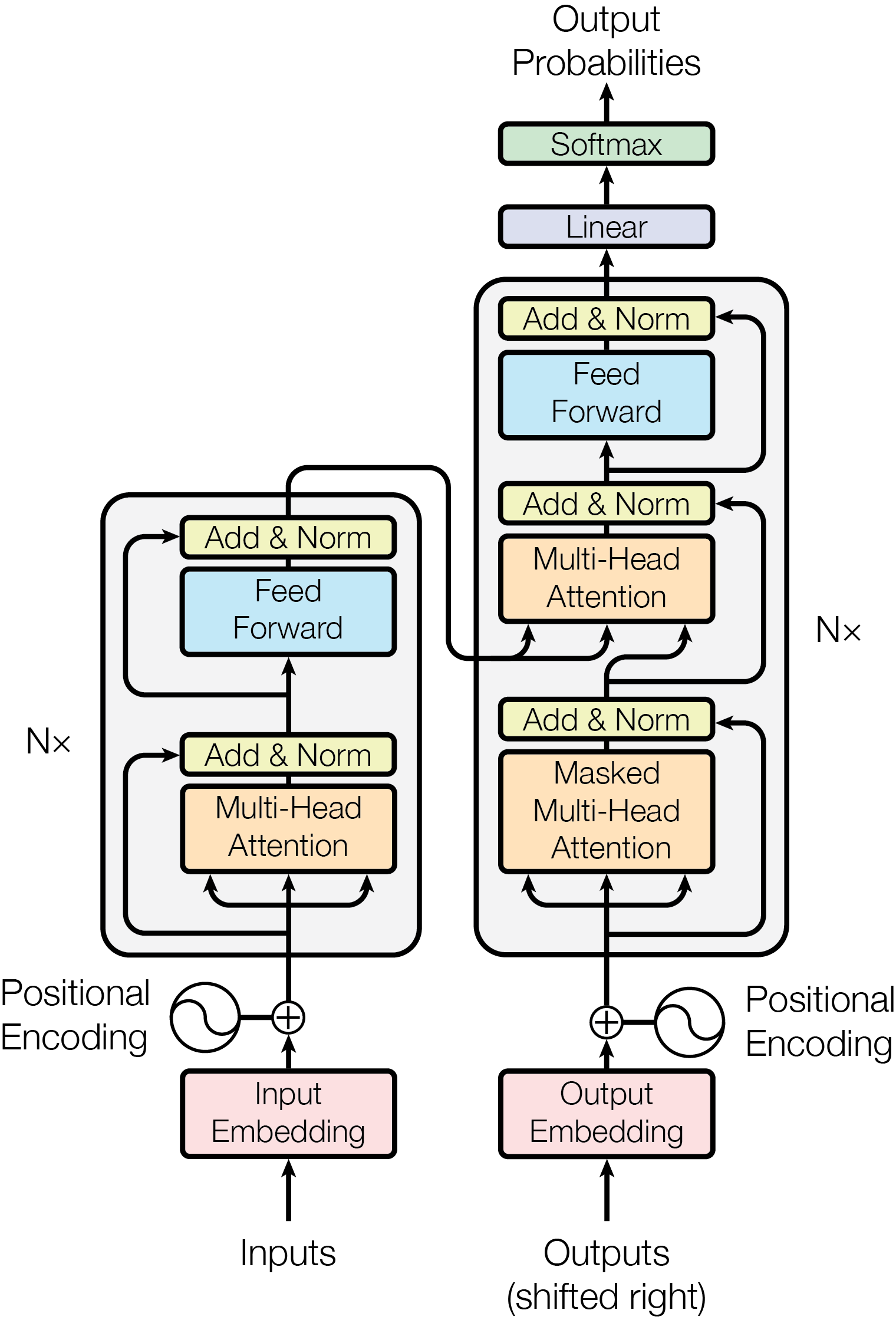The Toothpaste Principle: How GPT Learns Like We Do
 Mohit Kumar
Mohit KumarTable of contents
GPT stands for Generative Pre-trained Transformer.
When you were 5–6 months old:
You didn’t know what “brush teeth” meant.
But your parents kept doing it with toothpaste, water, and the same steps every day.
Over time, your brain connected “brush teeth” → toothpaste, water, cleaning, fresh smell.
So now, if someone says “brush your teeth,” you automatically think of all those steps, even without being told.
Let’s break the name down:
Generative → It can create new content (sentences, stories, code, etc.).
Pre-trained → It learns patterns from massive amounts of data before you ever use it.
Transformer → This is the neural network architecture that allows it to understand context and relationships between words.
Think of GPT like a super-advanced predictive text system — but instead of just guessing the next word in your text message, it can write a research paper, debug code, or summarize an entire novel.
How it works in steps
Reading and Learning
GPT reads a lot of text (billions of sentences).
It learns what words usually come after other words.
Example: If it sees “Once upon a…”, it learns the next word is often “time”.
Making a Guess
When you ask it something, it doesn’t “look up” an answer — it “guesses” the next word, then the next, then the next… really fast.
Example: You say, “Tell me a joke,” and it guesses a joke word by word until the whole thing is done.
Why it Feels Smart
Because it’s read so much, its guesses are very good — often sounding like a human talking.
But it’s not thinking or knowing like us; it’s just super-skilled at word puzzles.

Diagram Credit:- Google
Resources:-
Attention is All you need by Google → https://arxiv.org/pdf/1706.03762
Subscribe to my newsletter
Read articles from Mohit Kumar directly inside your inbox. Subscribe to the newsletter, and don't miss out.
Written by
